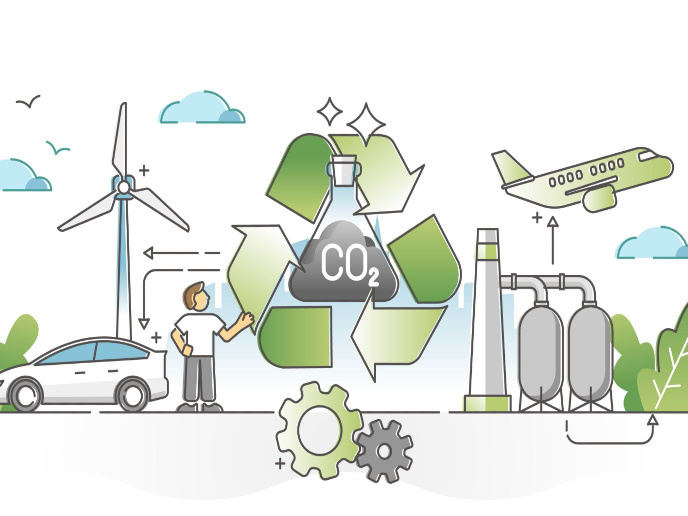New tools offering unbiased insights into manmade and natural influences unveil our climate reality
For millions of years, Earth has maintained a balanced climate system, adeptly managing natural emissions from plant uptake and organic matter decomposition as well as events such as volcanic eruptions. Recent human activities have tipped this balance. The burning of fossil fuels such as coal, gas and petroleum and various industrial processes have added a significant burden to our atmosphere. Distinguishing between human and natural greenhouse gas (GHG) emissions is crucial for effective climate change action. Despite the numerous efforts by national governments, regional authorities and private stakeholders to reduce GHG emissions, measuring the effectiveness of related policies remains a challenge. “Current national GHG inventories report to the United Nations Framework Convention on Climate Change (UNFCCC) each year, but these reports are often plagued by substantial uncertainties and cannot easily be independently verified,” states Philippe Peylin, coordinator of the EU-funded VERIFY(opens in new window) project.
Natural vs anthropogenic GHG emissions
VERIFY, a collaborative effort amongst 40 partners, sought to provide a more accurate assessment of carbon stocks and GHG emissions including carbon dioxide (CO2), methane (CH4) and nitrous oxide (N2O). “Creating a precise characterisation of the spatiotemporal variations of GHG fluxes is complex: it requires distinguishing between anthropogenic and natural components and their corresponding drivers,” states Peylin. The team tackled this challenge through advanced modelling approaches. Their strategy included using atmospheric GHG measurements, tracer transport inversions and a diverse range of land observations – both in situ and from space. “Our approach is unique as it incorporates independent observations in support of inventories that primarily rely on statistical data,” highlights Peylin. “The wealth of knowledge generated by VERIFY will be harnessed to improve national GHG inventories. In collaboration with national inventory agencies, this information should help track the progress of EU mitigation efforts towards meeting the targets set out in the Paris Agreement on climate.”
New products filtering out data uncertainties and biases
Project members have fostered synergies between the scientific and inventory communities through networking meetings and contributions to international programmes. They have developed process-based and statistical model simulations of terrestrial ecosystem GHG fluxes over Europe, creating high-resolution CO2 maps across areas spanning around 11 km. VERIFY has also been successful in developing high-resolution maps spanning areas of around 6 km to study CO2 emission correlations between humans and co-emitted species across Europe. Researchers have also created a community inversion framework for future GHG monitoring systems. “Another significant achievement has been the development of a framework to provide yearly updates of the CO2, CH4 and N2O flux synthesis for all EU countries. The data covers the past two decades up to 2022,” notes Peylin. Additionally, a database has been established to host VERIFY datasets and user-friendly visualisation tools to explore recent trends in GHG fluxes. All products developed throughout VERIFY can be found here(opens in new window). “VERIFY has successfully developed scientifically robust methods to help assess the accuracy and potential biases in national GHG inventories reported by various parties through independent operational frameworks,” notes Peylin. “The basic idea has been to offer estimates based on various observations of both natural and anthropogenic GHG emissions and sinks, along with their associated uncertainties.”







